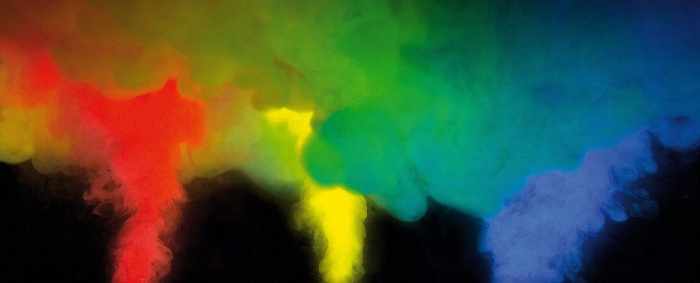Colours are one of the first things we teach our children about the world. You can confidently point at a ripe banana and say it is yellow.
For most of us, there is no debate – bananas are yellow. Colour isn't as objective as you might think though. Our brain decides what colour we are looking at based on the light that comes into our eyes, and there is actually a huge amount of variability in how we see colours.
So how are our brains tricked by colours?
2. INTERACTIVE: Shade can trick
There are many ways colour can confuse our brains. Click or tap our interactive below to find out how positioning and shading can change what we think we are looking at.
3.INTERACTIVE: Blue or gold?
In early 2015 a picture of a dress posted on social media made headlines around the world. Click or tap on our interactive to discover how two people can see the same thing very differently because of how our brains deal with light.
Sad films and summer
How we see colour, however, is governed by much more than just our bodies. Our emotions, or even the time of year, can change how our eyes and brains interpret what we see.

Summer
Yellow looks different to us depending on the season, according to scientists at the University of York. In the summer yellow appears more ‘greenish’ whereas in the winter yellow appears more ‘reddish’.
This is the result of living in an environment where the level of green light increases in the summer. When the trees are full of leaves our eyes need to adapt. With extra green all around us, our brain has to recalibrate its understanding of yellow.
The Lion King
Researchers in Rochester, New York have found that feeling sad can impact on your ability to identify colours. Participants were shown swatches which had most, but not all, of the colour removed from them and were then asked to identify what colour they were looking at it.
A group who had watched the death of Mufasa in the Lion King found it harder to pick out blue and yellow than others who had not seen the film. Psychologists believe that dopamine – which controls our brain’s reward and pleasure centres – has an impact on how we distinguish these colours.
So while colour might seem to be one of the most straightforward things in our world, it is actually a mystery scientists are only just beginning to unravel.
/BBC/
More about: #colours
















































